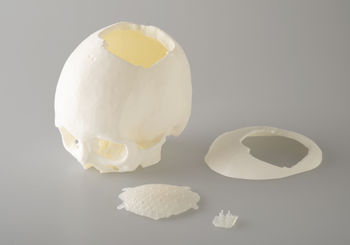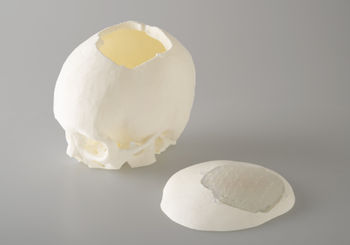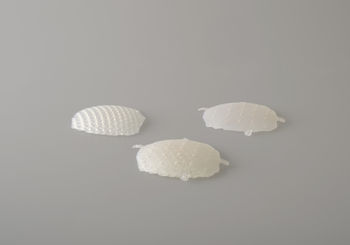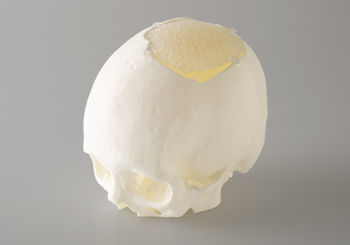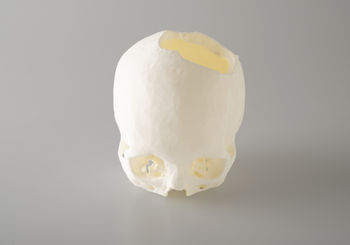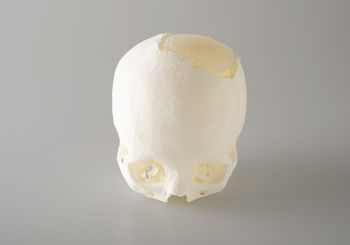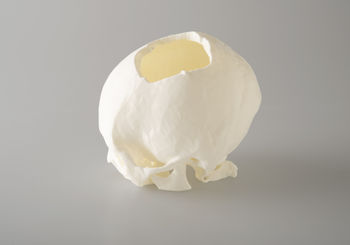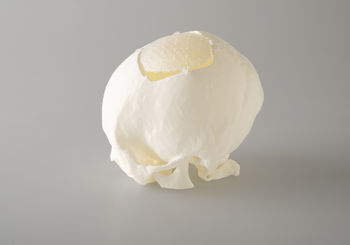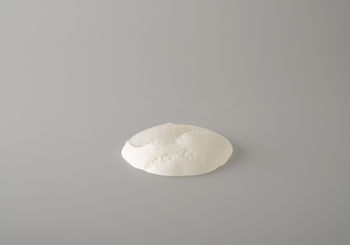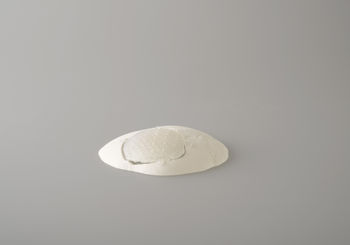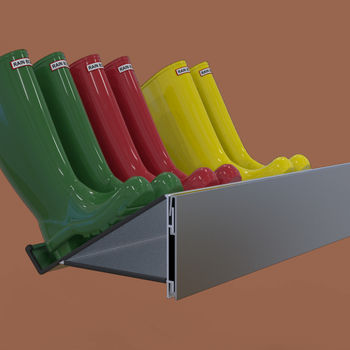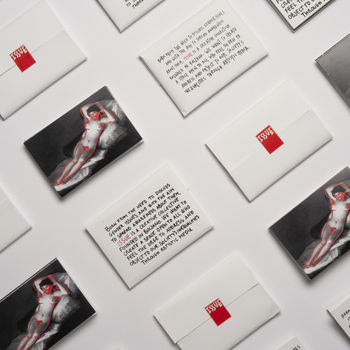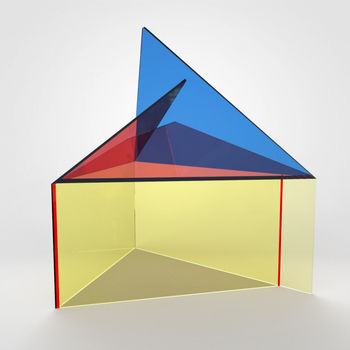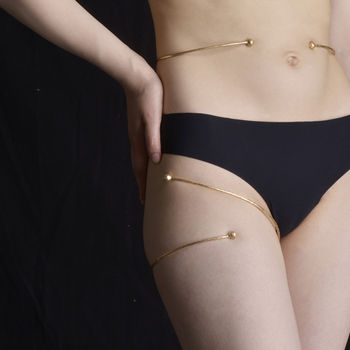Closed Head, Open Mind: Design Study of a Cranioplasty
Agnese Guerrieri
The application of industrial design, like that of product design, is often dismissed from the category of science and medicine in common logic because it is not associated with the possibility of increasing the achievements of the latter.
When it comes to orthopaedics and endoprosthetics, we hardly integrate the knowledge and skills that are entrusted to design, relegating responsibility exclusively to the scientific avant-garde and to those who put it into practice in an exclusively direct manner.
Yet the prosthetic product does not only define the degree and limitation of an individual’s capabilities, but rather a concrete and practical solution of technology, mechanics, engineering and sometimes even aesthetics that relates it to the external environment.
But the designer is the one who is able to push his or her horizons, to devote himself or herself to everything that can be defined as useful and functional, to analyse concrete questions and above all to propose solutions to problems of a well-defined nature.
The study of cranioplasty demonstrates how, hooked up to a team of engineers, doctors, surgeons, orthopaedists and prosthetists, even a designer can apply his or her skills to bring to fruition a product, the essence of functionality: the human prosthesis.
